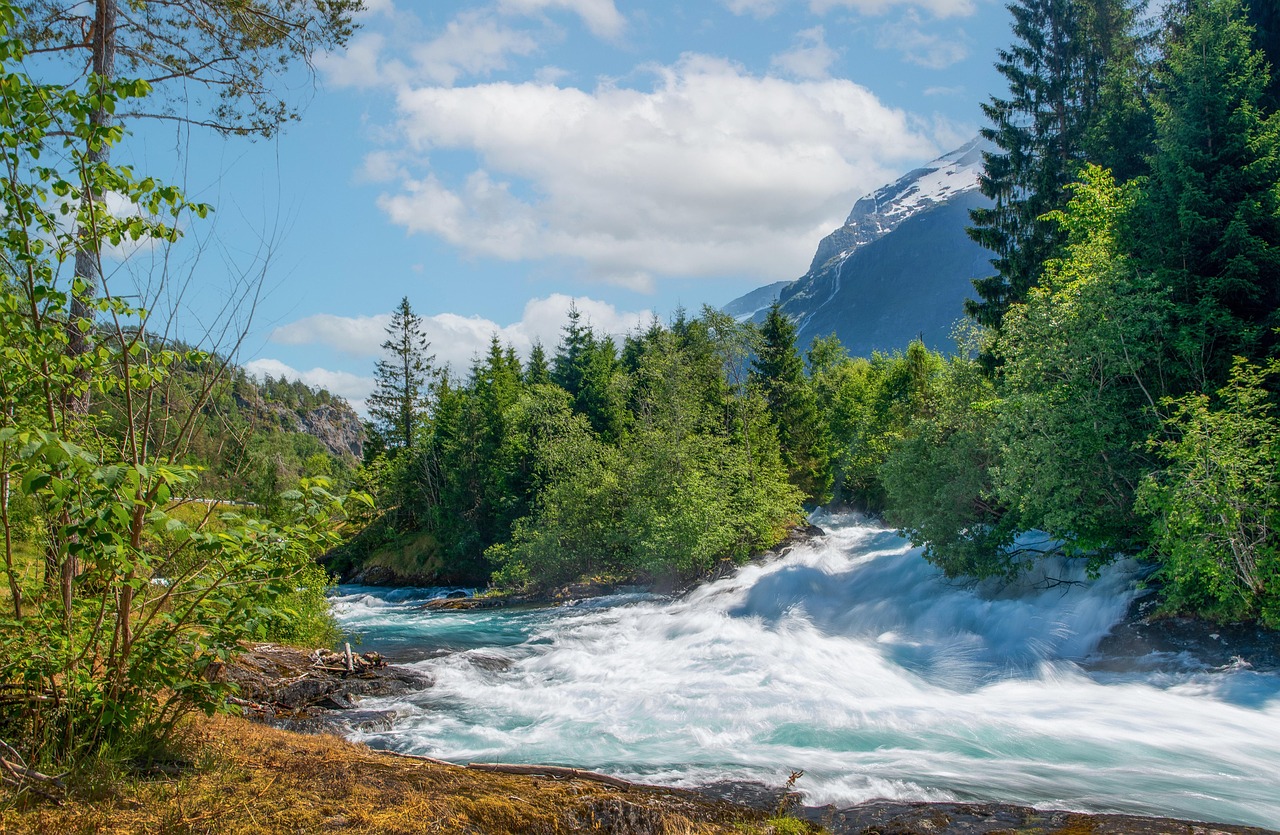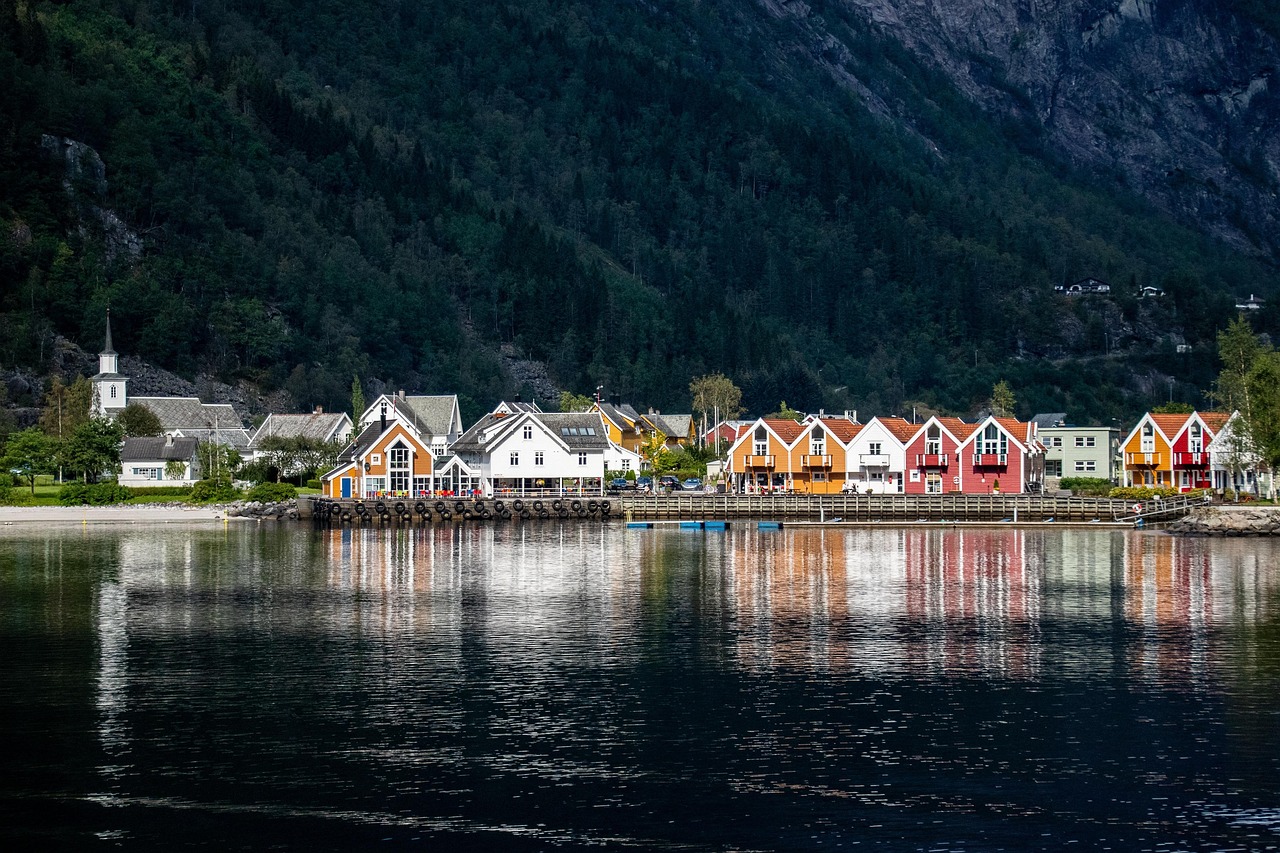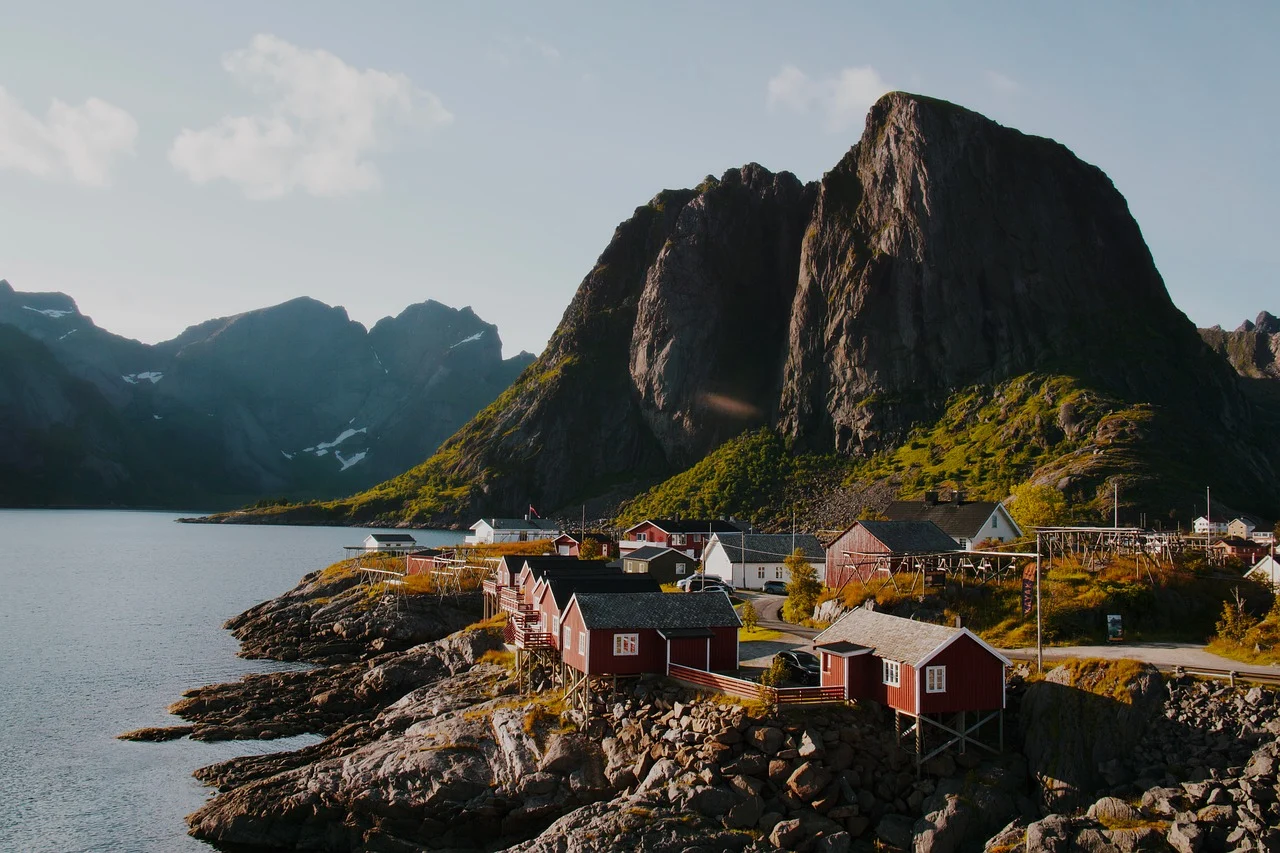Sustainable Travel in Norway: A Nordic Model of Eco-Tourism
Sustainable travel insights and guidance
📅 March 15, 2024
⏱️ 8 min read
🏷️ Eco Destinations
Norway stands as a global leader in sustainable tourism and environmental protection, with ambitious goals for carbon neutrality and renewable energy. This Nordic nation offers travelers an opportunity to experience pristine natural environments while learning about innovative approaches to sustainability and environmental protection.
🌿 Norway's Environmental Leadership
Norway has set ambitious environmental goals, including becoming carbon neutral by 2030 and protecting 30% of its marine environment by 2030. The country's tourism industry is committed to sustainable practices that protect its unique natural heritage.
 Norway
Norway
🌍 National Parks and Protected Areas
Norway's extensive network of national parks and protected areas offers diverse ecosystems and wildlife viewing opportunities for eco-tourists.
Jotunheimen National Park: Home to Norway's highest peaks and diverse alpine ecosystems, offering world-class hiking and wildlife viewing.
Rondane National Park: Norway's first national park, featuring diverse landscapes and wildlife viewing opportunities.
Hardangervidda National Park: Europe's largest mountain plateau, offering unique wildlife viewing and hiking opportunities.
Lofoten Islands: A UNESCO World Heritage site featuring dramatic landscapes and diverse marine ecosystems.
🏨 Eco-Lodges and Sustainable Accommodations
Norway offers world-class eco-lodges and sustainable accommodations that combine luxury with environmental responsibility.
Eco Retreats: Stay in eco-lodges that use renewable energy, sustainable materials, and support local communities.
Farm Stays: Experience sustainable agriculture and rural life through farm stay accommodations.
Wilderness Lodges: Stay in remote wilderness lodges that offer unique access to pristine natural areas.
Urban Eco-Hotels: Choose eco-certified hotels in cities that demonstrate sustainable urban tourism practices.
🐧 Wildlife Conservation and Viewing
Norway's unique wildlife and conservation efforts make it a world-class destination for wildlife viewing and conservation education.
Whale Watching: Experience responsible whale watching tours that support marine conservation efforts.
Bird Watching: Norway is home to many unique bird species, including the iconic puffin and arctic tern.
Marine Wildlife: Experience responsible whale watching and dolphin encounters in their natural habitat.
Conservation Volunteering: Participate in conservation volunteer programs that support wildlife protection.
🌱 Sustainable Tourism Practices
Norway's tourism industry follows strict sustainability standards and best practices for environmental protection.
Eco-Certification: Look for eco-certified businesses that meet Norway's sustainability standards.
Local Sourcing: Choose businesses that source locally and support local communities.
Waste Reduction: Support businesses that minimize waste and use sustainable packaging and practices.
Environmental Education: Participate in educational programs that teach about conservation and sustainability.
🌿 Adventure Activities
Norway offers a wide range of adventure activities that are conducted in an environmentally responsible manner.
Hiking and Trekking: Explore Norway's extensive network of hiking trails that showcase diverse landscapes.
Kayaking and Canoeing: Paddle through pristine waterways while learning about watershed conservation.
Cycling Tours: Explore Norway's landscapes by bike on dedicated cycling routes and trails.
Wildlife Tours: Join guided wildlife tours that emphasize conservation and responsible viewing practices.
 Norway
Norway
🌍 Climate and Best Times to Visit
Norway's temperate climate offers year-round opportunities for sustainable travel, with different seasons offering unique experiences.
Summer (June-August): Best weather for outdoor activities and wildlife viewing, with long daylight hours.
Autumn (September-November): Beautiful fall colors and fewer crowds, with mild weather for outdoor activities.
Winter (December-February): Northern lights viewing and unique winter landscapes, with shorter daylight hours.
Spring (March-May): Migrating bird season and unique spring wildlife viewing opportunities.
💰 Planning Your Norway Eco-Tourism Trip
Careful planning ensures you make the most of your Norway eco-tourism experience while supporting sustainability.
Itinerary Planning: Plan your itinerary to minimize travel between destinations and maximize time in nature.
Accommodation Selection: Choose certified eco-lodges and sustainable accommodations for your stay.
Tour Selection: Select tours and activities that support conservation and local communities.
Transportation: Use public transportation, cycling, or walking when possible to minimize your carbon footprint.
🌱 Supporting Conservation Efforts
Your visit to Norway can directly support conservation efforts and local communities through responsible tourism practices.
Conservation Donations: Support conservation organizations and national parks through donations and entrance fees.
Local Community Support: Choose locally-owned businesses and community-based tourism initiatives.
Volunteer Opportunities: Participate in volunteer programs that support conservation and community development.
Educational Programs: Participate in educational programs that teach about conservation and sustainability.
 Norway
Norway
🌍 The Future of Sustainable Travel in Norway
Norway's commitment to sustainable tourism demonstrates how environmental protection and economic development can work together to create tourism that benefits both visitors and local communities. As the country continues to lead in conservation and sustainability, it offers an inspiring example for other destinations worldwide.
Key Benefits:
- Conservation Impact: Direct support for wildlife conservation and habitat protection
- Community Benefits: Economic benefits for local communities through sustainable tourism
- Educational Value: Opportunities to learn about conservation and sustainability
- Unique Experiences: Access to pristine natural areas and diverse wildlife
- Environmental Protection: Tourism that supports rather than harms the environment
Remember: Sustainable travel in Norway is about more than just visiting beautiful places—it's about supporting conservation efforts, learning about sustainability, and contributing to a model of tourism that protects the environment while benefiting local communities. Every visit is an opportunity to support this remarkable conservation success story.
 Norway
Norway Norway
Norway Norway
Norway